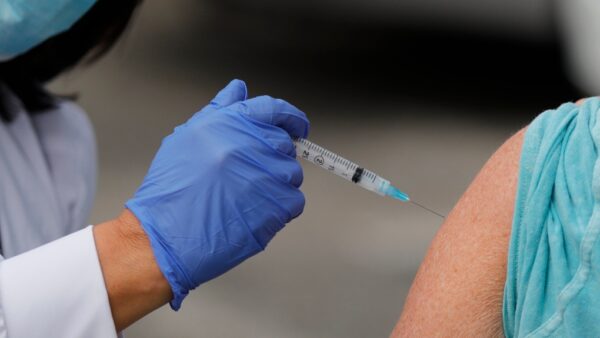In a significant development, U.S. regulators have expanded the array of COVID-19 vaccination options for the upcoming fall season. APfizer and Moderna vaccines, now available for individuals as young as six months, have already been in circulation. The recent clearance from the Food and Drug Administration now includes Novavax as a vaccination choice for those aged 12 and above.
All three manufacturers have adjusted their vaccines which turned out to be world news to protect against a newer coronavirus strain. These Novavax vaccines are now accessible to anyone aged 12 and older, further enhancing the choices available to the public. As protection against COVID-19, whether from vaccination or prior infection, diminishes over time, the Centers for Disease Control and Prevention strongly recommends a fall COVID-19 vaccination for most Americans.
Boosting Immunity for the Upcoming Season- The Role of Fall COVID-19 Vaccination
The Centers for Disease Control and Prevention has already strongly recommended that a majority of Americans receive a COVID-19 vaccination tailored for the fall season, designed to combat a more recent coronavirus variant. Novavax has announced that these updated shots will be accessible “in the coming days.”
As time passes, immunity to COVID-19, whether from vaccination or previous infection, diminishes. With a recent rise in late-summer infections, health authorities are optimistic that widespread vaccination with the new shots will help mitigate the potential impact of a winter resurgence.
Navigating the Changing Landscape of COVID-19 Variants
The ever-changing nature of the coronavirus remains a persistent challenge. In a manner akin to annual flu shot updates, the Food and Drug Administration has furnished COVID-19 vaccine manufacturers with a fresh formulation for this upcoming fall.
Novavax produces a protein-based vaccine which is an immune-enhancing compound, utilizing a different technology from the mRNA vaccines manufactured by Pfizer and Moderna. The updated shots have a specific focus on a descendant of the omicron variant, known as XBB.1.5. This marks a substantial shift from the previous COVID-19 vaccines, which were combination shots designed to address the original coronavirus strain and a much earlier omicron version, rendering them considerably outdated.
However, the initial phase of the fall vaccine distribution, in contrast to efforts, has encountered complications due to the government’s shift away from procuring and distributing COVID-19 vaccines. It has led to confusion in ordering from pharmacies and medical facilities, distribution delays, and administrative errors by insurance companies, resulting in early appointment setbacks.
These updated vaccine iterations are intended to be available at no cost through private insurance or Medicare. Additionally, the CDC has initiated a program to temporarily provide free vaccinations to those without insurance or with limited coverage.
Novavax, Pfizer, and Moderna have each brewed a fresh supply of vaccines. In a recent development, European regulators authorized Pfizer’s updated vaccine for the fall season, extending its use to adults and children as young as six months.
As anticipated, XBB.1.5 has diminished over the months during the vaccine adjustment period. Presently, various coronavirus variants coexist, with the more prevalent ones sharing close kinship. Recent laboratory tests conducted by vaccine manufacturers and research organizations indicate that the updated shots provide effective protection against these diverse variants.
The FDA is on the verge of determining whether each company complies with safety, efficacy, and quality standards, after which the CDC’s approval is crucial to commence vaccinations. A CDC advisory panel is scheduled to convene on Tuesday to provide recommendations on the optimal utilization of these latest vaccines. Health authorities remain hopeful that, barring the emergence of a new variant, these new vaccines will exhibit effectiveness.
Embracing the Need for Annual Vigilance
It’s evident from the world news that prior vaccinations and infections have played a crucial role in reducing severe outcomes, but their effectiveness diminishes, particularly against milder cases, as the virus undergoes continuous changes. Although the FDA permitted an additional booster dose for seniors and high-risk individuals last spring, Americans haven’t received a COVID-19 vaccine for nearly a year.
In line with the CDC’s recommendation of an annual flu shot for nearly all individuals aged 6 months and above, staying vigilant is essential. The optimal timing for this precaution is towards the end of October, reinforcing the importance of continuous readiness in the face of evolving health challenges.

